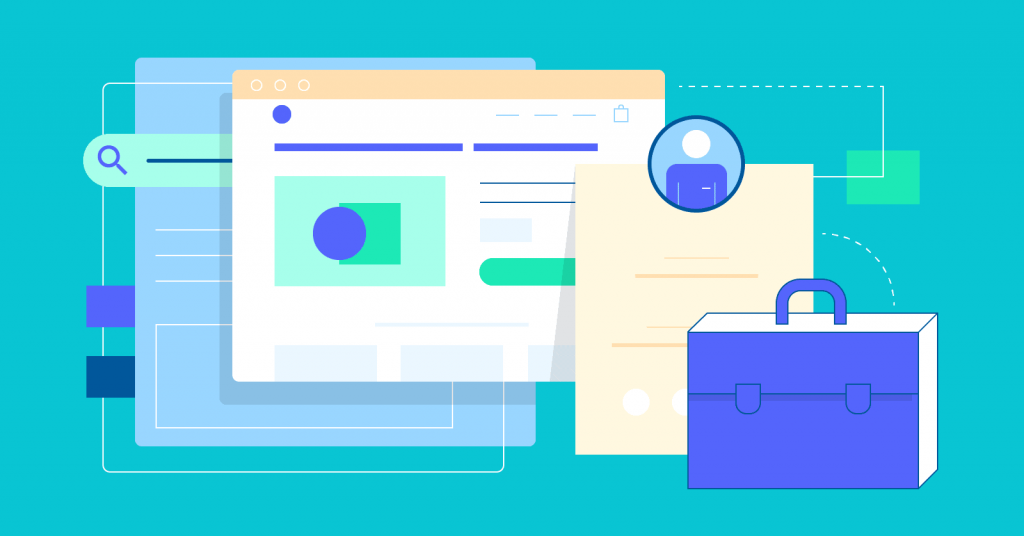1. Decision Makers
These are people who hold sway over purchase decisions that affect an entire company or organization, Facebook Ads such as the C-suite, department managers, and influencers. These people can be found in LinkedIn Groups for your targeted companies.
2. Influencers
Influencers are knowledgeable individuals who may not have decisional authority but exercise influence by sharing their opinions with others. You want to target these professionals on social networks like Twitter, or through communities on sites like Quora or Reddit where they gather to discuss industry topics.
3. Sales Contacts
Virtually every company has at least one sales contact you should try to engage using Facebook ads—and probably more than one! Sales contacts meltblown buyers typically work in under-served departments that don’t appear in LinkedIn or other social networking sites, so search for them using Facebook’s People Search feature.
4. Purchasers
Identify these individuals on LinkedIn by searching for job titles like “Purchasing Manager” and checking the profiles of people who work at companies in your target market. You can also look for professional associations related to your industry, which often have large groups of high-level executives with whom you can connect.
5. Influencers’ Colleagues
Another way to find influential people within your target organizations is to see who they’re linked to in sites like Twitter. These are their coworkers, typically providing subject matter expertise that complements their own role with the company; this makes them great advertising targets.
6. Influencers’ Customers
These are the people who buy from your influencers’ companies, and they’re also worth targeting with Facebook ads since you can piggyback on their existing relationship to get in front of them. Use search sites like Zabasearch, which let you find email addresses associated with a name and location. You can also target industry-specific groups or blogs to reach a wider audience if a smaller subset isn’t enough for your needs.
7. Suppliers
If your company buys certain products or services from other suppliers, make sure you include them in your advertising campaigns as well! For example, if you sell software that runs on Oracle databases, then add “Oracle” as a Custom Audience to your advertising targeting.
8. Competitors’ Customers
Here’s an easy way to build a competitive marketing list: Look for customers of your competitors who are also fans of companies that are similar to yours, and target them with ads promoting the benefits they’re missing out on by not buying from you. For example, if you sell office furniture and see that Office Depot is a competitor’s customer, then target their employees with ads reminding them why they should switch suppliers.
9. Your Company’s Existing Customers
Rewards programs like those offered by Amazon and Starbucks create ongoing relationships between those companies and their customers; think about ways you can do something similar with Facebook Ads! You might promote special offers such as discounts on new products or services when customers reach a certain milestone with your company, like spending more than $1k in one year.
10. Competitors’ Decision Makers
Identify them using LinkedIn’s Company Search feature by looking up competitors and checking the people with the most followers, since it’s often the C-level executives that have amassed the largest networks of industry contacts on LinkedIn. Another way to find these individuals is through Twitter, which you can use to search for keywords associated with your competitor’s name and their products. Finally, see who’s retweeting their tweets!
11. Your Customers’ Customers
These are typically end users of your customers’ products—not the purchasers themselves, but still important people within companies where your customers work. For example, if you sell industrial tools, then target the people who use them at the factory or construction site!
12. People in Your Existing Network
You can find these folks by running an ad campaign to find them in your existing network on both Facebook and LinkedIn. That way, even if they don’t click on your ads to hop into your sales funnel right away, you’ll be able to reach out to them through organic posts later, which are more likely to get a response since they came from someone already known within their social circles.
13. Your Company’s Employees
It might seem tedious to include marketing efforts targeting your own employees—but think of it this way: It costs five times less to retain a customer than to acquire one, and a well-maintained list of current employees is an excellent source for referrals. Plus, it’s never been easier to find people on LinkedIn—even if they don’t have their contact information listed in their profile!—which means you can reach out to them directly through InMail with personalized pitches for your company’s products or services.
14. People Engaged in Your Company or Industry
Using Twitter search, look at the people tweeting about relevant keywords associated with your business. For instance, if you’re in online marketing, then see who’s tweeting about “SEO,” “social media,” “content,” and other related hashtags. This strategy works best when looking for individuals from specific companies or working at specific roles.
15. People Engaged in Your Competitor’s Industry
Just like with your company, search Twitter for people who are tweeting about keywords associated with your competitor’s industry, like the names of their products and services or other relevant terms that show they’re involved in that market. Check out Twellow to find lists of these kinds of advocates/influencers; then look up their profiles on LinkedIn to find contact information!
If you haven’t tried advertising to any of these audiences yet, I would recommend targeting one audience at a time so you can measure the ROI of each campaign before moving onto another audience. There is no point spending money on an ad campaign if it isn’t generating leads for you! In each case, I would start with a small budget of just $10/day to gauge whether or not that audience is even worth targeting. If the campaign is performing well after a week, then you could scale it up to $50/day or more depending on your goals and current capacity for managing ad spend.
Hope this helps! Comment below if any of these audiences are relevant to you and how much success you’ve had reaching them through paid ads. Good luck!





More Stories
9 Infographic Ideas To Keep In Your Content Plan
4 Facebook Marketing Tips for Small Businesses on Budget
Content Marketing: 3 Ways to Promote It